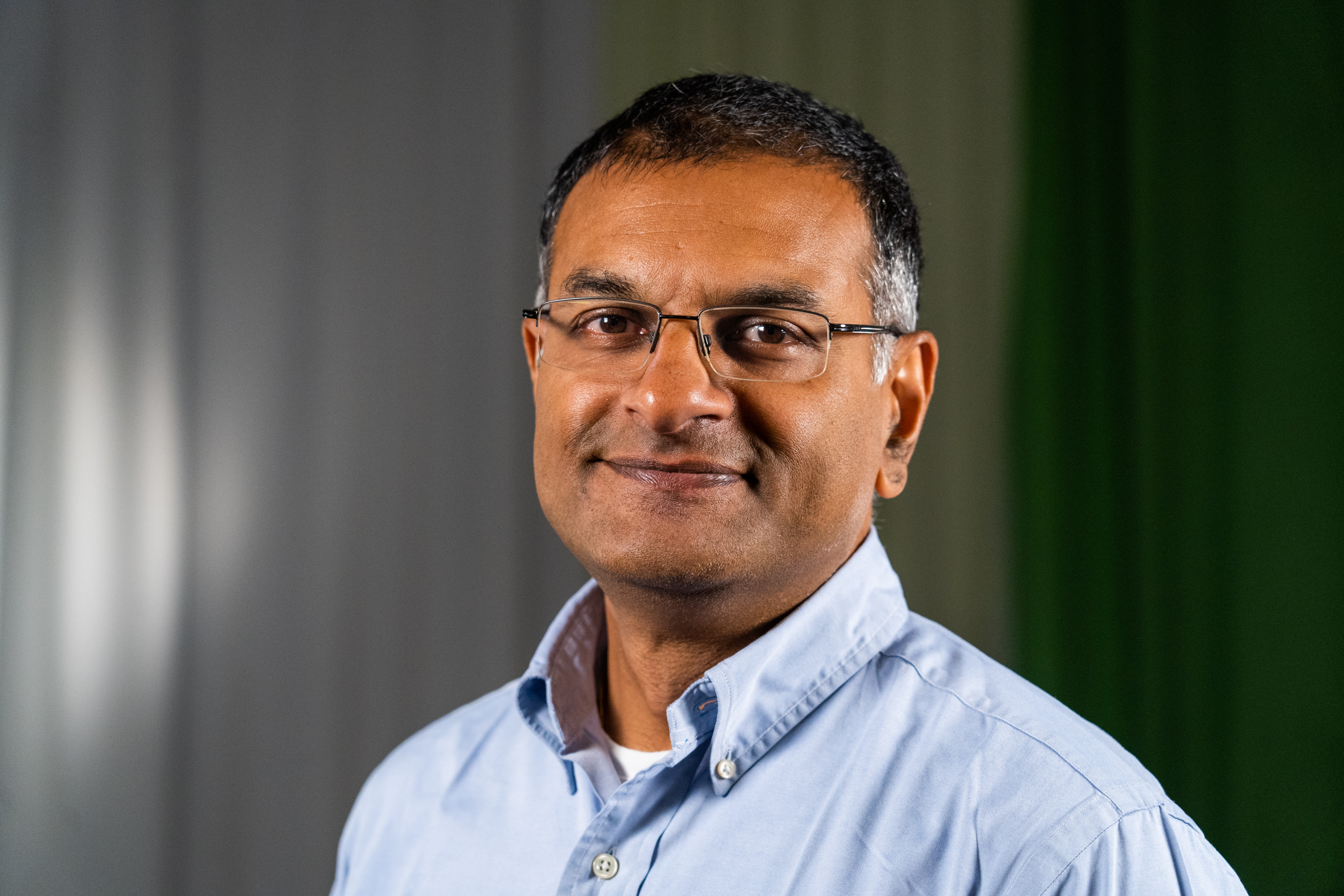EDP column by Professor Ketan Dhatariya
“I have been having heavy periods and, after a scan, my GP tells me I have fibroids. What are these?”
Fibroids are benign growths within the muscular wall of the uterus. They are very common, and can be present in up to 40% of women. Afro-Caribbean women are nine times more likely to have them than Caucasian women. They are also more common in overweight women. They are rare in women under the age of 20, most common in women in their 30s and 40s, and tend to shrink after the menopause. No one knows what causes fibroids to occur, but they are thought to run in families.
Most fibroids do not cause any problems, they go unnoticed and do not require treatment. However, occasionally they do grow so large that they can cause heavier periods and may lead to anaemia. It is not known why periods get heavier, but the fibroids may stretch the lining of the womb, creating more lining to be shed during a period. The period may become more painful as well. Other symptoms include abdominal pain or pressure, changes in bladder and bowel patterns and, in some cases, infertility. Large fibroids can make the womb big and bulky, which can lead to lower back pain or pelvic discomfort. Some women with fibroids feel a dull ache in their thighs or develop varicose veins in their legs. This happens when fibroids become so large they press on nerves and blood vessels that extend to the legs.
Most fibroids do not get in the way of a pregnancy. They may cause discomfort, but they generally do not cause any other problems. Some fibroids in certain areas, however, can make conception difficult or lead to miscarriage. Rarely a fibroid can interfere with labour and birth if it blocks the passage to the birth canal.
There are different forms of treatment for fibroids. Most are left alone needing no treatment. If they get too big and are causing problems then other options are available. A myomectomy involves removing fibroids individually whilst leaving the womb intact; a hysterectomy involves removing the womb entirely; and uterine artery embolisation which blocks the blood supply to the fibroids may lead to the fibroid shrinking.
Each of these has it’s own advantages and disadvantages. If your GP thinks you need to see a gynaecologist then you will be able to discuss your symptoms with them to decide the best course of action.
For more information about Fibroids click this link:
